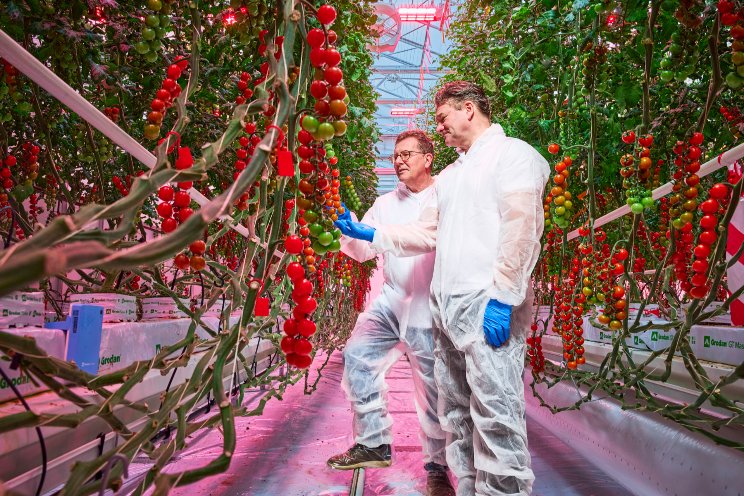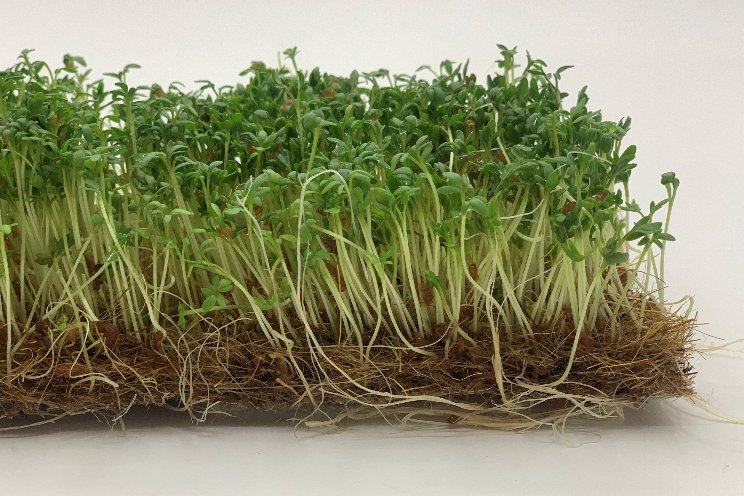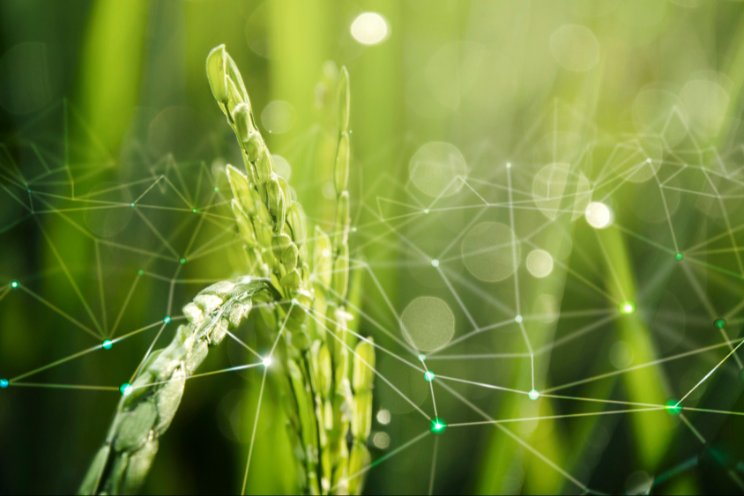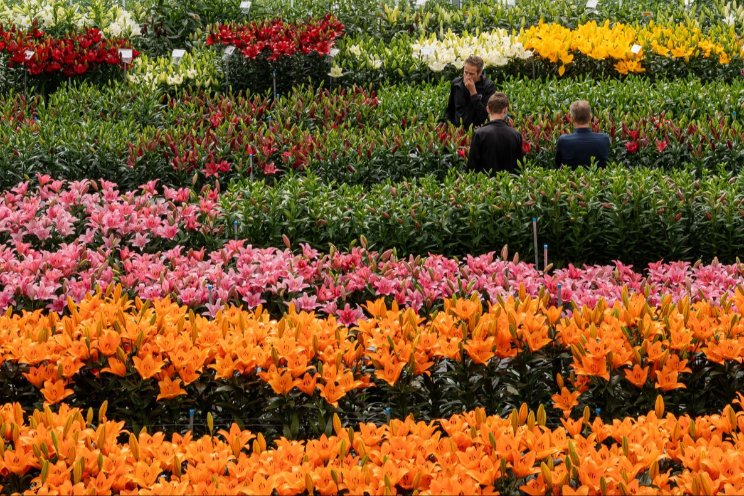Integrating renewable energy in CEA
Added on 13 November 2023

As the world faces pressing challenges in food security and environmental sustainability, the need for innovative solutions has never been greater. Controlled Environment Agriculture (CEA) offers a promising avenue for sustainable food production, allowing us to grow crops year-round in precisely managed conditions. However, the energy demands of indoor farming can be substantial, leading to increased greenhouse gas emissions and environmental strain.
Enter renewable energy – a game-changing approach to powering CEA systems while reducing their carbon footprint. There are a number of benefits to incorporating renewable energy sources into indoor growing, and several strategies to do so.
The Energy Conundrum in CEA
Controlled environmental agriculture encompasses a range of techniques, including hydroponics, aquaponics and vertical farming, that enable the cultivation of crops in optimized environments. While CEA systems offer advantages such as reduced water usage, increased crop yields and protection against extreme weather conditions, they are power-intensive operations. The energy required for lighting, temperature control, ventilation and irrigation can significantly increase operational costs and environmental impact. Solving this problem can be a daunting journey that many companies struggle to start. That’s where EnTech Solutions can help with our Path to Smarter Energy™ (PTSE), which provides a step-by-step customized energy solution to meet your goals, no matter how small or how complex they may be.
Image Source: EnTech Solutions
More news















